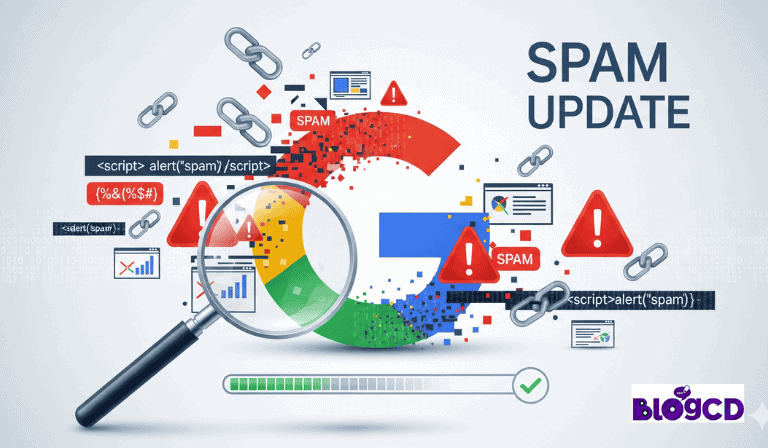Google has officially rolled out its first spam update in eight months, shaking up search rankings across multiple industries. Labeled the August 2025 Spam Update, this rollout started last week and is expected to take “a few weeks” to complete across all languages and regions.
If you’ve noticed sudden traffic drops or ranking fluctuations, this update could be the reason. Given the long 8-month gap since the last spam update, SEO experts believe this one could be particularly impactful.
Why This Update Matters?
The last spam update in December 2024 caused significant volatility, with many sites experiencing sharp declines due to thin content, aggressive keyword stuffing, and manipulative backlinks.
With Google holding back major spam enforcement since June 2025, this new update has likely built up stricter filters. That means websites with questionable SEO tactics are more vulnerable than ever.
In simple terms: if you’ve been cutting corners, now is the time to clean house.
What You Should Do Right Now
Here are the key steps to protect and recover your rankings:
1. Check Your Rankings Immediately
Track your top-performing keywords today. Document any noticeable drops in search visibility, starting from the rollout date. This will help you distinguish between update-related shifts and normal fluctuations.
2. Audit Your Content for Spam Signals
Google’s spam systems target manipulative or low-value content. Look out for:
- Thin or duplicated pages with little original value
- Keyword stuffing that reads unnaturally
- Auto-generated or AI content without human editing
- Unnatural link patterns, such as irrelevant backlinks or link schemes
3. Monitor Google’s Search Status Dashboard
Google typically announces when an update is fully rolled out. Keeping track of their official status page helps you correlate ranking changes with algorithm shifts.
4. Proactively Clean House
If your site has engaged in shortcuts like purchased backlinks, low-quality guest posts, or duplicate content, now is the time to fix it. Remove toxic links, consolidate thin pages, and prioritize high-quality, user-first content.
Best Practices to Future-Proof Your SEO
Recovering from a spam update takes time, but these strategies will help build long-term stability:
- Prioritize EEAT (Experience, Expertise, Authoritativeness, Trustworthiness). Publish content from credible experts and keep author bios updated.
- Create topical authority. Cover subjects in-depth, not just surface-level keyword targeting.
- Focus on NLP-friendly content. Write naturally for readers instead of forcing keywords.
- Strengthen your internal linking. Guide users to related content in a structured way.
- Maintain ethical link-building practices. Focus on earned media, PR, and partnerships over manipulative backlinks.
The Bottom Line
The Google August 2025 Spam Update is a reminder that shortcuts in SEO rarely pay off long term. If your rankings are slipping, take it as a sign to refine your content strategy, eliminate spammy practices, and double down on quality.
Search is only becoming more competitive, and building trustworthy, user-first websites is the only sustainable path forward.

